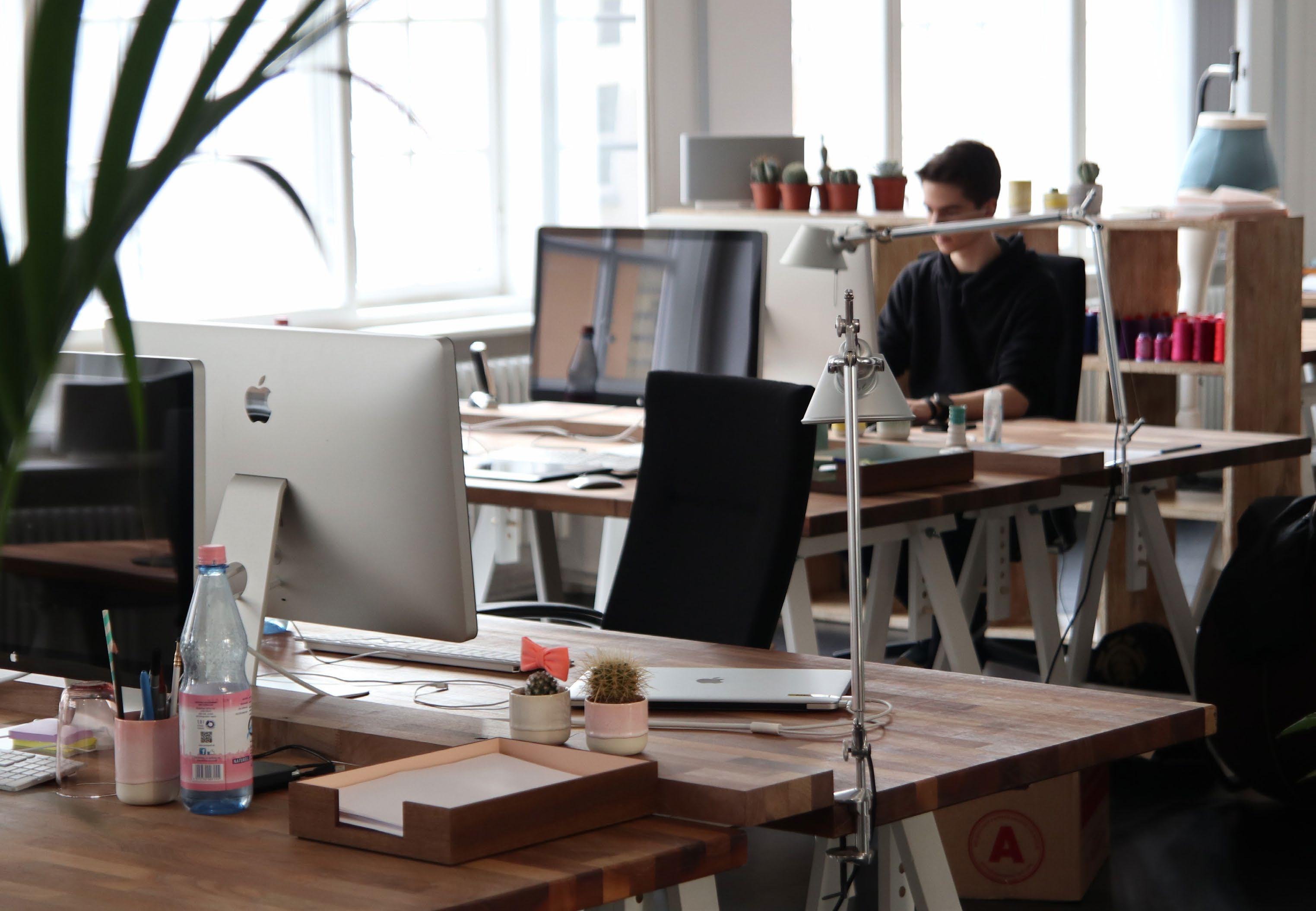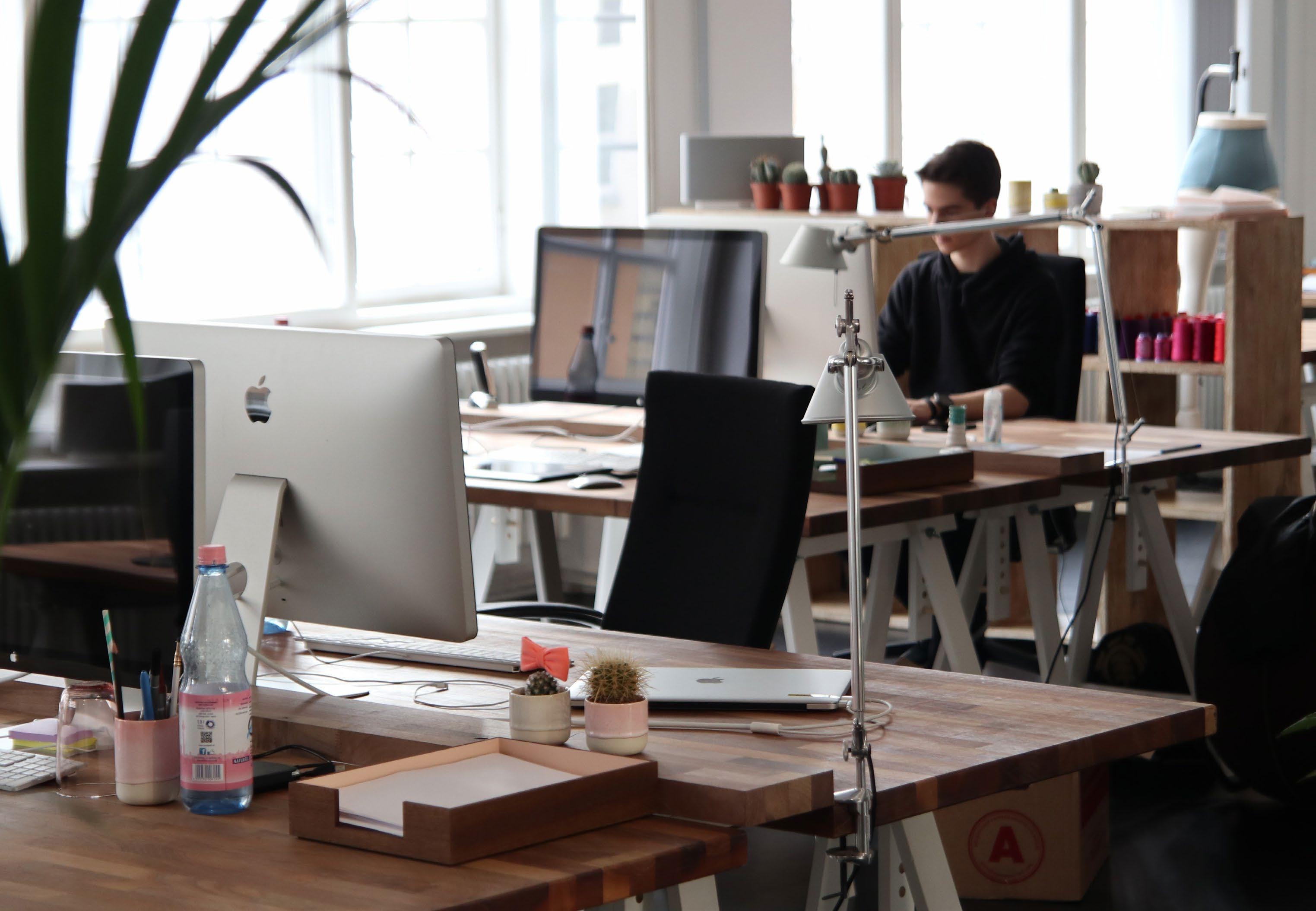
6 minute read
This is how hybrid work should, well, really work
Most employers are convinced they must embrace a hybrid system and flexibility but are unsure about how to go about it. Research helps shed light
BEFORE Covid, the traditional work routine was to go to the office; during Covid, it was work-from-home; and now, since Covid, it is a mixture of both.
Advertisement
But new research reveals that many businesses do not know how to offer the best hybrid workspaces, or how to support their employees in the office.
In a recent report by JLL Global Benchmarking Services and JLL Global Research, titled “Hybrid Work Decoded”, 5 300 survey participants in 15 countries revealed some of the biggest challenges with hybrid workspaces, and businesses that allow it.
Most employers are convinced that they must embrace hybrid work and provide real flexibility to their people, but many are unsure about how best to support their employees in the new working landscape.
“They find it challenging to truly comprehend how work gets done and how the office needs to adjust to produce the right environment for their people to flourish,” the report says.
The research revealed:
1. There is a richer purpose to the office of the future than the one we initially anticipated.
Besides supporting collaboration and socialisation, the office plays a key role in work-life separation and in establishing necessary healthy working routines.
Naturally, each place of work is appreciated for its distinct attributes:
The need for socialising and interactivity is clearly the prime driver for returning to the office.
The office is also valued for its ability to provide access to the right set of technologies. Home working, on the other hand, scores highly on work-life balance, well-being and focused work.
“However, there is nothing ‘black and white’ in employees’ preferences and behaviours,” the report says.
2. Even though employees can choose between different places of work, they struggle to compartmentalise their weekly activities between the office and home.
Focused work remains the core of office workers’ reality, with 55% of total working time during the week spent on focused work.
“But, quite strikingly, half of this time is in the office, while the other half is at home, demonstrating the difficulty for office workers to fully rationalize their weekly schedule and dedicate their days in the office to pure collaboration and interaction.” Virtual collaboration happened in both places in almost the same proportions, the study found.
“This difficulty in rationalising working time to make the most of both home and office workplaces highlights a growing need for managerial support and piloting.”
The report adds: “Another layer of complexity in the new hybrid world is the increasing number of hybrid meetings. Workers expect that 60% of their meetings will be hybrid in the future. The ability to have an effective meeting that includes actual and virtual participants is currently one of the biggest challenges.
“The new nature of meetings means that smaller rooms are required in the office along with improved technological provision and experience. Efficient and easyto-use space-booking systems are becoming essential.”
3. The post-pandemic office must address the need for focused individual work.
Today, according to the survey participants, people spend 51% of their time on focused work in the office, with concentrated individual work mostly undertaken at workstations but also in informal open-work points or dedicated focus rooms.
“This surprising finding is universal for all geographies and industries. However, although many hybrid offices now tend to focus on collaboration, we believe that enabling focused and private work is also a very important part of boosting performance in the office.
“To make the journey to the office worthwhile, both collaborative and focused work needs to be facilitated.”
The JLL report also questions whether employees have become less resilient to noise.
“As individual work and virtual meetings keep a central place in the office routine, there is now a stronger expectation from employees in terms of workplace acoustics and access to a range of workspace options that suit their individual needs.
“These two features are in the top three under-delivered aspects of the office experience today.
“Acoustics is a growing issue: people complain about the lack of sound privacy and the difficulty to retreat to a quiet space during their day.
“They also point to excessive internal noise levels and the absence of workplace guidelines that would make work in open areas and on hot-desking workstations less disturbed and more respectful of individuals’ needs in terms of privacy and concentration.”
Open-plan and hot-desking arrangements therefore require changed management efforts.
“While these types of work settings now tend to be more accepted by hybrid workers –as part of the new ‘win-win’ with the employer – they continue to raise questions about how they should be best used and how they might benefit from increased training, guidance and change management.
“The needs for privacy, confidentiality and concentration remain pivotal to many types of job and should be addressed more carefully,” JLL researchers say.
4. Hybrid workers are not properly supported in their new work style.
JLL states that today’s new work style is an opportunity for the office to reinvent its promise in a context where many workers have returned to the same offices that they worked in pre-Covid, even though their working styles have changed considerably.
“Consequently, we are seeing a significant gap between their expectations and the workplace experience currently delivered to them.”
The report says hybrid workers consistently rate their office experience at lower levels than the rest of the worker population – in other words, those working in a single place, exclusively at home or the office – and yet they value their office.
“More than others, they struggle with gaining access to the spaces they need, and they find the office noisy and stressful. Nonetheless, the office remains a safe haven and a place for collaboration and socialisation.”
As a result, hybrid workers have high expectations of their employers. Despite enjoying huge flexibility, they have trouble in creating healthy routines and maintaining close relationships with their colleagues.
JLL says they require dedicated emotional support, a working environment adapted to their needs, and technology solutions that enable work in the office to be carried out in the best conditions.
“Well-being – whether mental, social or physical – is hard for them to achieve.
“More than others, hybrid workers regret the lack of choice in terms of wellness initiatives, the absence of clear and bold well-being policy, the lack of employer engagement in favour of a healthier lifestyle, and the low relevance of the available wellbeing initiatives.”

Employers need to do more than simply allow hybrid work.
PICTURE: MARC MUELLER/PEXELS



